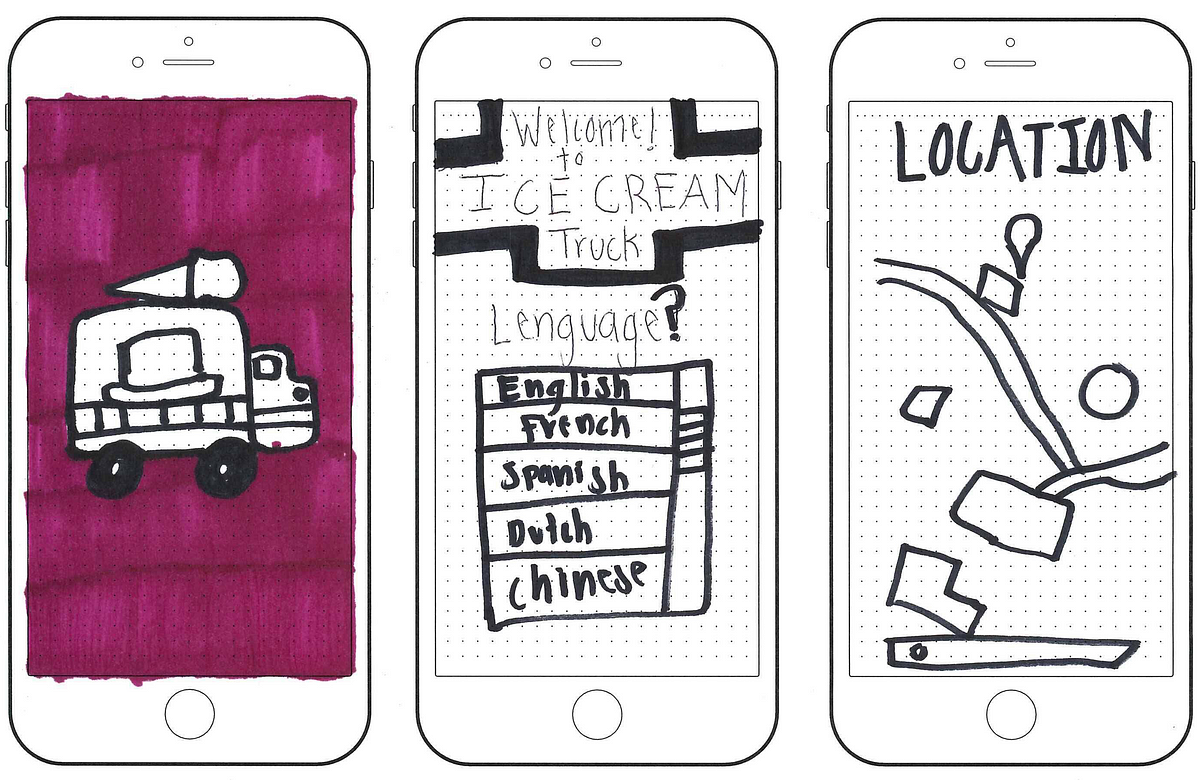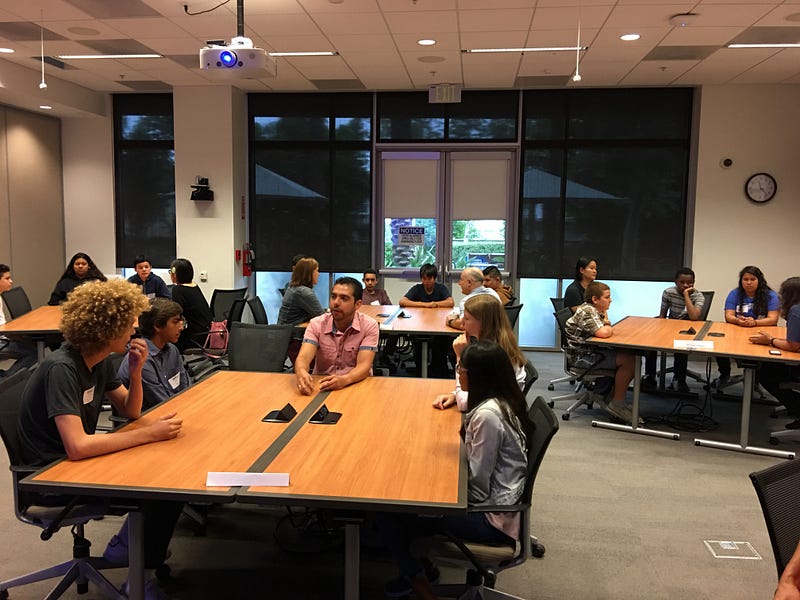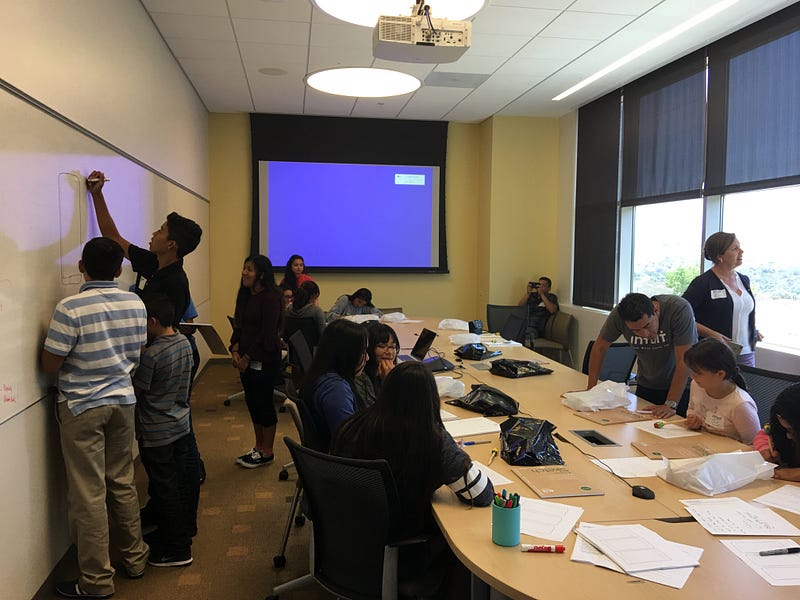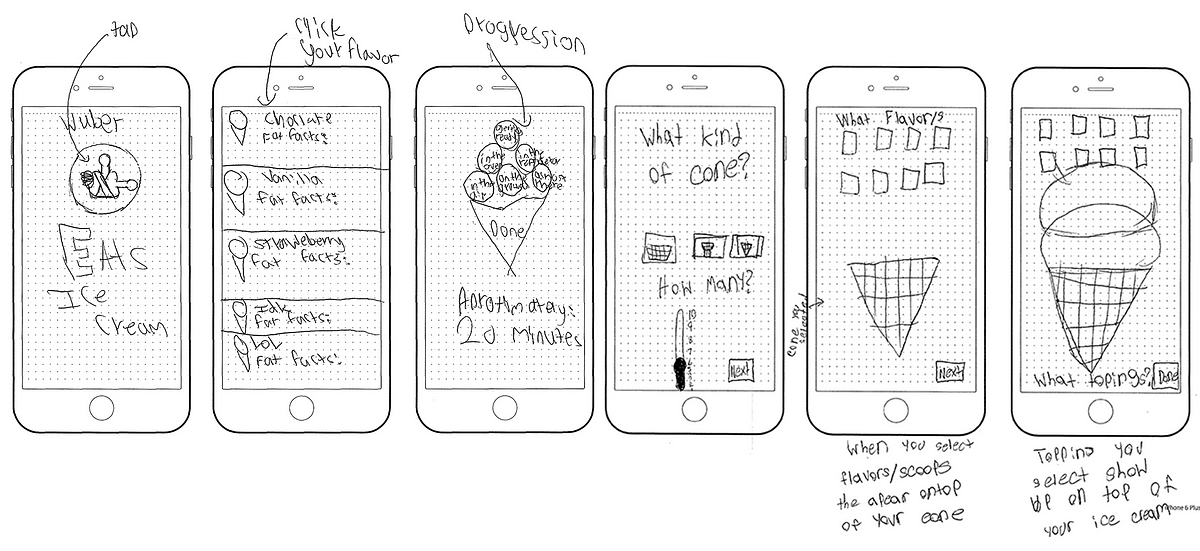Inspiring the future tech worker with design thinking
Standard engineering programs heavily focus on technical skills, but what if the future tech worker has a strong foundation in design…

Standard engineering programs heavily focus on technical skills, but what if the future tech worker has a strong foundation in design thinking, while having the ability to code their experiences?
We wondered what kind of amazing design ideas would emerge if we introduced Intuit’s Design for Delight methodology to middle schoolers and high schoolers learning to program in Java.
In collaboration with the League of Amazing Programmers, the Latino Connect group, led by myself with assistance from Maria Uyeda, volunteered during Intuit’s annual Volunteer Week of Service.
The goal was to design a workshop to expose middle schoolers, and high schoolers to STEM careers, while introducing Intuit’s Design for Delight methodology to under resourced students in the local community.
The League of Amazing Programmers, is a non-profit with a mission to teach Java programming to 5th grade to 12 graders. Upon graduation from the program, the students develop a deep expertise in programming, while receiving UCSD extension credits, which qualify as “college prep” units.
We partnered with Becky Deller, Director of Community Engagement for The League, and developed a 3 hour workshop. The students visited the Intuit campus, and met some of our employees in tech roles.
Introduction to Technology Roles
Using a “speed dating” approach, the students rotated through meeting product managers, data scientists, engineers, technical architects, and interaction designers. The employees discussed their education and their job at Intuit. Students asked various questions to get a sense of the vast array of careers available to them with a technical skill set.

After meeting Intuit’s highly passionate, and engaged employees, we gave the students a short overview of design thinking.
Introduction to Design Thinking
We walked through how a physical product is created, and then gave them a design problem: Develop a method of providing ice cream to customers at any time of day.
The students worked in small groups of four to focus on the design problem.
We then asked them to develop a discussion guide with a list of questions to ask customers about their ice cream habits, to gain insight on the design problem. Some common questions were, “How long are you willing to wait for ice cream?” and “What variety of ice cream do you like- popsicles or scoops?”

Once they came up with questions, one student asked the questions and another student acted as the notetaker. Afterwards, we asked the students to summarize the insights they gained from the research. We brainstormed how those insights might be prioritized as features in an app, and then we asked each student to sketch out ideas for the mobile experience.
The ideas they incorporated from user research were reflected in the design of the app, and included features like a language selector and the ability to pay through the app.
The only two requirements for the activity:
- Everyone sketches.
- The screens need to show where someone taps and the resulting screens for up to 3 screens.
The students then self organized to focus on certain parts of the app. For example, in a group of four, one student focused on the app launcher and onboarding experience, while another student focused on how the user selects their ice cream, while another student focused on the checkout experience.
Application of Insights into Sketching

Once the students completed their designs, they described their idea to a judge. Prizes were awarded on the best overall application of the Design for Delight methodology, and their collaborative approach to the design.
The workshop was a rousing success, and the students grasped the design thinking process easily, and were able to articulate why it was important to apply design thinking to their current projects.
“I learned that asking customers is important to think about before creating your product”
Some comments they told us were: “I learned that asking customers is important to think about before creating your product,” and “I learned how to sketch and interview people.” and my favorite, “I didn’t know about design before.”
Introducing design thinking at an early age gives students more problem solving skills in their toolkit with a better understanding on how to meet the needs of their customers.
The key skills of the future will include collaboration, design thinking, and programming, and if our hypothesis is correct, the tech worker of the future will be well versed in these abilities.